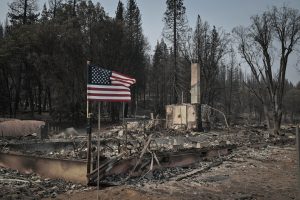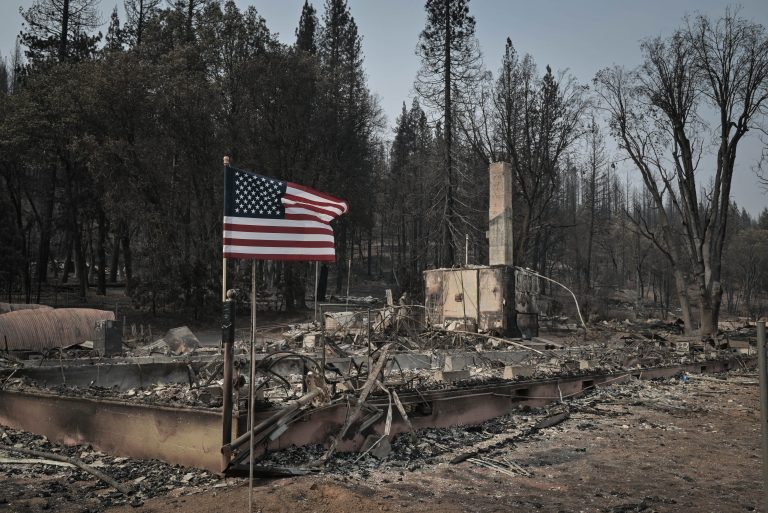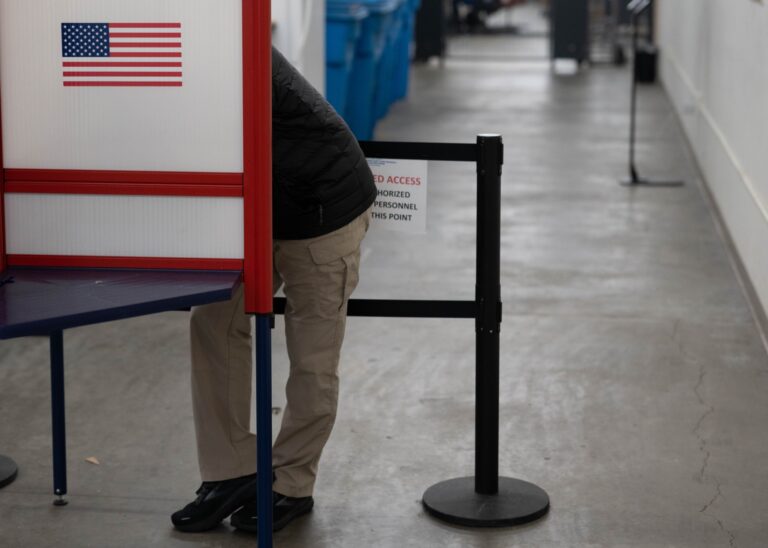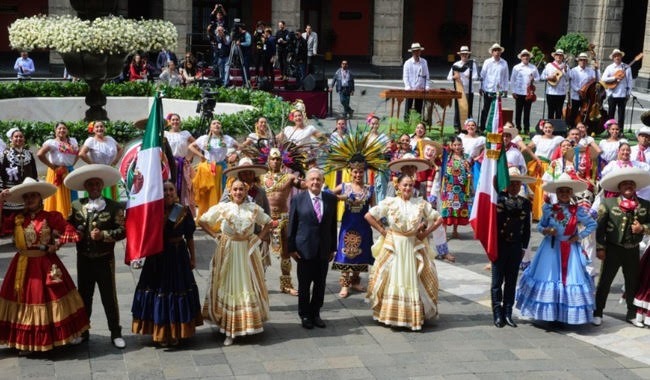
[We are on WhatsApp. Start following us now]
Listen to this note:
Hasta el 16 de agosto de 2024, California ha registrado 5 mil 210 incendios forestales que han destruido 821 mil 877 acres; apenas en julio se registró el cuarto más grande en la historia del estado, “Park Fire”, el cual se sabe fue provocado, destruyendo 429 mil 188 acres y 637 estructuras hasta el momento, sigue activo.
Actualmente, hay 12 incendios activos; el más grande afecta los condados de Butte, Tehama, Shasta y Plumas.
Lleva más de un mes activo y las autoridades solo han podido contenerlo al 49 por ciento, ha generado 32 advertencias de evacuación en Tehama y 6 en Shasta; mientras que las órdenes de evacuación son de 10 en Tehama.
Está ubicado junto a Upper Park Road en Upper Bidwell Park, al este de Chico, donde mil tres estructuras están bajo amenaza. El incendio del parque ha quemado 113 mil 744 acres en el Bosque Nacional Lassen.
According to CalFire, California experimentó un mes de junio más caluroso de lo normal, combinado con un exceso de combustibles finos debido a temporadas de invierno y primavera inusualmente húmedas, lo que ha provocado que la vegetación sea más susceptible a la ignición y propagación del fuego de lo que se ha observado en años anteriores.
Además, la vegetación es mucho más densa por debajo de los 3 mil pies, lo que puede provocar un rápido crecimiento del fuego durante el ataque inicial, especialmente en áreas donde el viento y la topografía se alinean. Estas condiciones se consideran ampliamente como indicativas de un año de incendios más largo e intenso, especialmente en comparación con los últimos 3 años de incendios.
De acuerdo con la agencia, los meses de julio a septiembre están más influenciados por la hierba y los combustibles finos que por la madera de gran tamaño, que son menos propensos a incendiarse debido a la temporada de lluvias de primavera. Sin embargo, la propagación del fuego a través del sotobosque y los combustibles de la madera, según la actividad de incidentes en la primera mitad del año de incendios, indica que es probable que el fuego se propague vigorosamente y rápidamente, incluso en el modelo de combustible de madera.
Si bien la cantidad de incendios en el estado se mantiene al ritmo del promedio de cinco años, la cantidad de acres quemados es mucho mayor que la media en ese lapso. Las predicciones climáticas indican temperaturas superiores a lo normal para toda California, lo que resulta en un riesgo de incendio anormalmente alto para el resto del año.
As of May 31, 2024, 38 people have been arrested for arson.
De 1980 a 2024, los incendios forestales son el desastre que más cuesta a California, con 64.7 por ciento de los costos totales, los cuales van de los 50 mil millones a los 100 mil millones de dólares.
Números clave 2024
- 99 incendios forestales con 300 o más acres quemados, lo que significa 628 por ciento más en comparación con el promedio de cinco años de grandes incendios forestales.
- 826 mil 398 acres quemados por incendios forestales locales, estatales y federales; 125 por ciento en comparación con el promedio de cinco años de acres quemados hasta la fecha.
- 1 muerte relacionada con incendios forestales este año.
Cabe destacar que la mayoría de los incendios se producen entre los meses de abril y octubre, cuando el clima se torna más cálido y seco. En el sur de California en particular, los vientos cálidos y secos de Santa Ana aumentan el riesgo de incendios forestales en octubre y noviembre.
Algunos de los peores incendios forestales en la historia de California ocurrieron fuera de esa ventana. El incendio de Camp en 2018, que mató a 85 personas y destruyó la ciudad de Paradise, en las afueras de Redding, en el norte de California, fue un incendio de noviembre.
You may be interested in: “Listas” campaign recruits women in emergencies in California



















